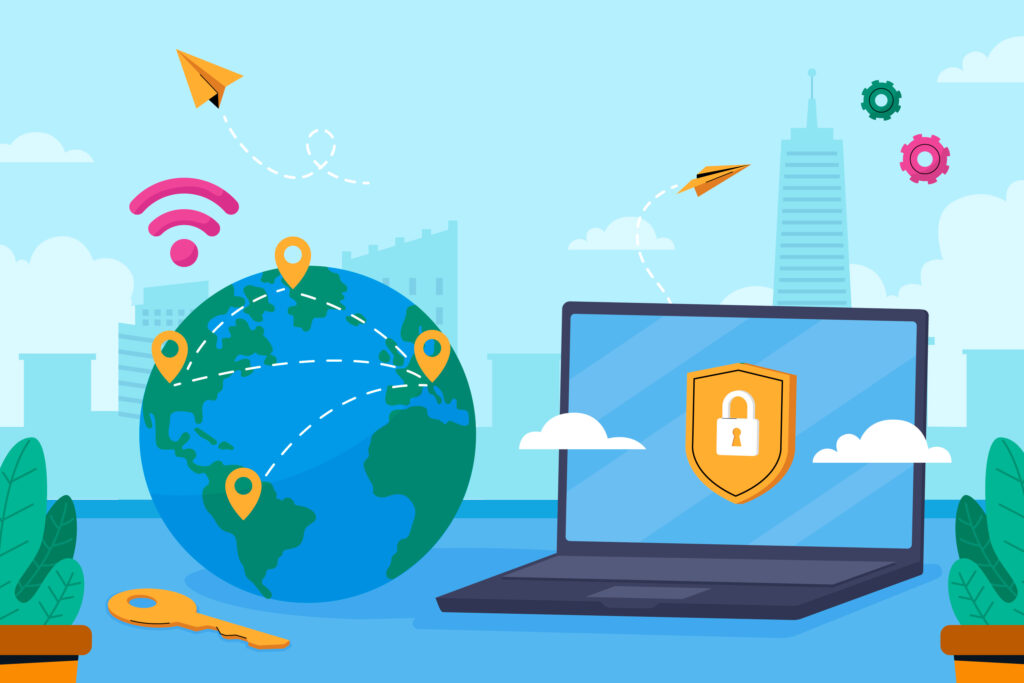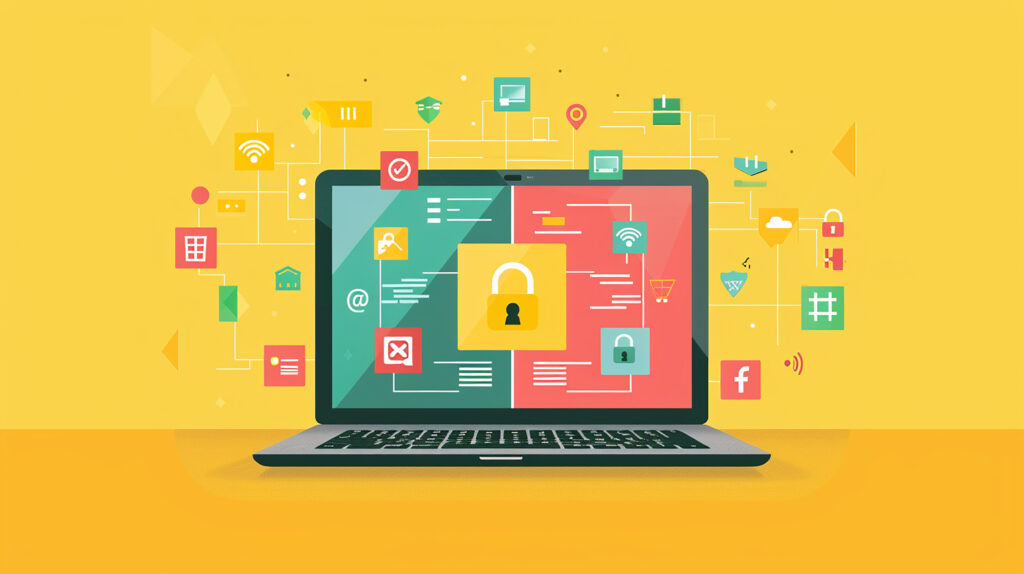
In today’s interconnected world, the importance of cybersecurity cannot be overstated. As we increasingly rely on digital platforms for work, communication, and entertainment, the need to protect our digital lives has never been greater. Welcome to “Cyber Shield: Protecting Your Digital World,” where we explore strategies, tips, and insights to help you safeguard your online presence.
Understanding Cyber Threats
Cyber threats come in many forms, from viruses and malware to phishing attacks and data breaches. Understanding these threats is the first step in protecting yourself. Here are some common types:
1. Malware: Malicious software designed to damage, disrupt, or gain unauthorized access to your computer system. This includes viruses, worms, and ransomware.
2. Phishing: Fraudulent attempts to obtain sensitive information such as usernames, passwords, and credit card details by disguising as a trustworthy entity in electronic communications.
3. Data Breaches: Unauthorized access to confidential information, often resulting in the exposure of personal data.
4. Denial-of-Service (DoS) Attacks: Attacks aimed at making a machine or network resource unavailable to its intended users by overwhelming it with internet traffic.
Building Your Cyber Shield
To protect your digital world, you need to build a robust cyber shield. Here are some essential steps:
- Use Strong, Unique Passwords: Create complex passwords for each of your accounts. Consider using a password manager to keep track of them.
- Enable Two-Factor Authentication (2FA): Add an extra layer of security by enabling 2FA on your accounts. This requires a second form of verification in addition to your password.
- Keep Software Updated: Regularly update your operating system, browsers, and applications to patch security vulnerabilities.
- Install Antivirus Software: Use reputable antivirus software to protect your devices from malware and other threats.
- Be Cautious with Emails and Links: Avoid clicking on links or downloading attachments from unknown sources. Always verify the sender’s identity.
- Secure Your Wi-Fi Network: Use strong passwords for your Wi-Fi network and enable encryption to prevent unauthorized access.
Staying Informed
Cyber threats constantly evolve, so it’s crucial to stay informed about the latest trends and best practices in cyber security. Here are some ways to keep yourself updated:
- Follow Cyber Security Blogs and News Sites: Stay up-to-date with the latest developments by following reputable cyber security blogs and news websites.
- Participate in Webinars and Online Courses: Enhance your knowledge by participating in webinars and taking online courses on cyber security.
- Join Cyber Security Communities: Engage with other cyber security enthusiasts in online forums and communities to share knowledge and experiences.
Responding to a Cyber Attack
Despite taking all precautions, it’s possible to fall victim to a cyber attack. Here’s what to do if it happens:
- Disconnect from the Internet: Immediately disconnect your device from the internet to prevent further damage.
- Run a Full System Scan: Use your antivirus software to run a full system scan and remove any detected threats.
- Change Passwords: Change the passwords for all your accounts, especially if you suspect they’ve been compromised.
- Report the Incident: Report the cyber attack to the relevant authorities and inform affected parties if sensitive information has been exposed.
- Restore from Backups: If necessary, restore your data from backups to recover from the attack.
Conclusion
In the digital age, protecting your online presence is paramount. By understanding cyber threats, building a robust cyber shield, staying informed, and knowing how to respond to cyber attacks, you can safeguard your digital world. Remember, cyber security is an ongoing process that requires vigilance and continuous learning. Stay safe and secure in the digital realm with “Cyber Shield: Protecting Your Digital World.”

